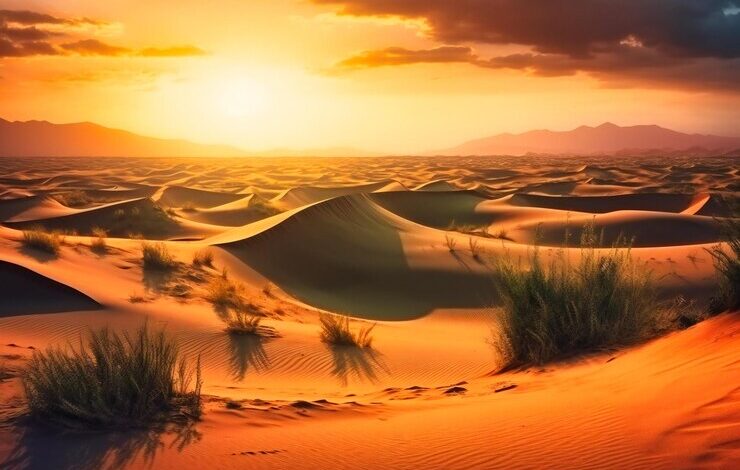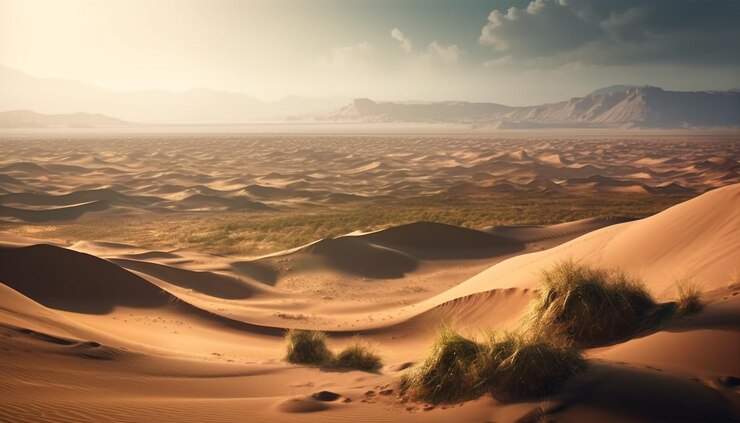“Adventures in the Gobi: Touring the Largest Desert in Asia nyt”

Asia, the largest continent on Earth, is home to a diverse range of landscapes, including the world’s highest mountains, expansive forests, and vast deserts. Among these, the largest desert in Asia, the Gobi Desert, stands out not only for its sheer size but also for its rich history, unique ecosystem, and the challenges it poses to those who traverse it. This article delves into the fascinating world of the Gobi Desert, highlighting its significance, features, and the reasons it frequently captures the attention of publications like the “largest desert in Asia nyt.”
Introduction to the Gobi Desert
The Gobi Desert, often referred to as the “largest desert in Asia nyt,” spans over 1.3 million square kilometers across northern China and southern Mongolia. Contrary to the common perception of deserts being covered in sand, the Gobi is primarily a cold desert characterized by its vast stretches of bare rock and compacted gravel plains. The word “Gobi” itself is Mongolian for “desert,” aptly describing its barren yet captivating landscape.
Historical Significance
The Gobi Desert has played a crucial role in the history of Asia, particularly in the context of the Silk Road. This ancient trade route, which connected China to the Mediterranean, passed through the Gobi Desert, facilitating not only the exchange of goods but also the cross-cultural interactions that shaped civilizations. The “largest desert in Asia nyt” is a term that often recalls the stories of the intrepid traders and explorers who braved its harsh conditions to forge connections between the East and the West.
Geographical Features
The Gobi Desert is not a monolithic expanse but rather a complex mosaic of terrains. It encompasses various ecosystems, from sand dunes and mountains to steppes and oases. Among its most notable features are the Khongoryn Els, also known as the “Singing Dunes,” which stretch for over 100 kilometers and reach heights of up to 300 meters. These dunes are named for the eerie, melodic sounds they produce when the wind blows across their surface, a phenomenon that has intrigued visitors and researchers alike.
Climate and Weather Patterns
One of the most striking aspects of the “largest desert in Asia nyt” is its extreme climate. The Gobi experiences a continental climate with sharp temperature variations. Summers can be scorching, with temperatures soaring above 40°C (104°F), while winters are bitterly cold, often plummeting below -40°C (-40°F). These harsh conditions make the Gobi one of the most inhospitable deserts in the world, yet it is home to a surprising array of flora and fauna adapted to survive in this challenging environment.
Flora and Fauna
Despite its arid conditions, the Gobi Desert boasts a remarkable diversity of life. The desert is home to unique plant species such as the Saxaul tree, which plays a crucial role in preventing soil erosion and providing shelter for wildlife. The animal inhabitants of the Gobi are equally impressive, with species like the Bactrian camel, Gobi bear, and snow leopard making their home in the “largest desert in Asia nyt.” These animals have evolved to endure the desert’s extreme temperatures and scarce water resources, showcasing nature’s incredible adaptability.
Human Inhabitants and Culture
The human history of the Gobi Desert is as rich and varied as its natural landscape. Nomadic herders, primarily of Mongolian descent, have lived in harmony with the desert for centuries. Their traditional lifestyle, centered around the herding of livestock such as camels, goats, and yaks, remains largely unchanged. These nomads have developed unique cultural practices and survival strategies that enable them to thrive in the “largest desert in Asia nyt.” Their yurts, portable round tents, are a testament to their ingenuity, providing durable and comfortable shelter against the desert’s harsh elements.
Modern Challenges and Conservation Efforts
The Gobi Desert faces numerous challenges in the modern era, including climate change, desertification, and mining activities. As temperatures rise and precipitation patterns shift, the desert’s fragile ecosystems are increasingly under threat. Desertification, driven by overgrazing and deforestation, is a significant concern, leading to the expansion of desert areas and the loss of arable land. Additionally, the extraction of minerals such as coal and copper poses environmental risks, including habitat destruction and pollution.
Recognizing the importance of preserving the “largest desert in Asia nyt,” various conservation efforts are underway. Governments, non-governmental organizations, and local communities are working together to combat desertification through sustainable land management practices and reforestation projects. Protected areas have been established to safeguard critical habitats and endangered species, ensuring the Gobi Desert remains a vital part of Asia’s natural heritage.

Tourism and Exploration
The Gobi Desert’s stark beauty and rich history make it a compelling destination for adventurous travelers and researchers. Tourism in the Gobi has been growing steadily, with visitors drawn to its unique landscapes, cultural experiences, and wildlife. Popular activities include camel treks, visits to ancient ruins and monasteries, and wildlife spotting. The Flaming Cliffs, a renowned archaeological site, have yielded significant dinosaur fossils, attracting paleontologists and tourists alike.
However, the increase in tourism brings its own set of challenges. Ensuring that tourism is conducted sustainably is crucial to protecting the delicate environment of the “largest desert in Asia nyt.” Eco-tourism initiatives are being promoted to minimize the impact on the desert’s ecosystems while providing economic benefits to local communities.
The Gobi Desert in Literature and Media
The Gobi Desert has long captured the imagination of writers, filmmakers, and journalists. Its vast, otherworldly landscapes and the stories of those who inhabit it provide a rich tapestry for storytelling. The “largest desert in Asia nyt” has been featured in numerous articles, documentaries, and films, highlighting its natural wonders and cultural significance. From the tales of explorers like Marco Polo to modern-day travelogues, the Gobi continues to inspire awe and curiosity.
Conclusion
The Gobi Desert, the largest desert in Asia, is a place of incredible beauty, resilience, and historical importance. Its vast expanse, extreme climate, and unique ecosystems make it a fascinating subject for exploration and study. As the “largest desert in Asia nyt,” it serves as a reminder of the delicate balance between nature and human activity, highlighting the need for conservation and sustainable practices.
By understanding and appreciating the Gobi Desert, we can better appreciate the intricate web of life that exists in even the harshest environments. Whether you are an intrepid traveler, a curious researcher, or someone interested in the wonders of our world, the Gobi Desert offers endless opportunities for discovery and inspiration.
For more in-depth articles and insights into the world’s most remarkable landscapes, visit newssyc.in/category/dental. Join us on a journey to uncover the secrets of the “largest desert in Asia nyt” and beyond.




